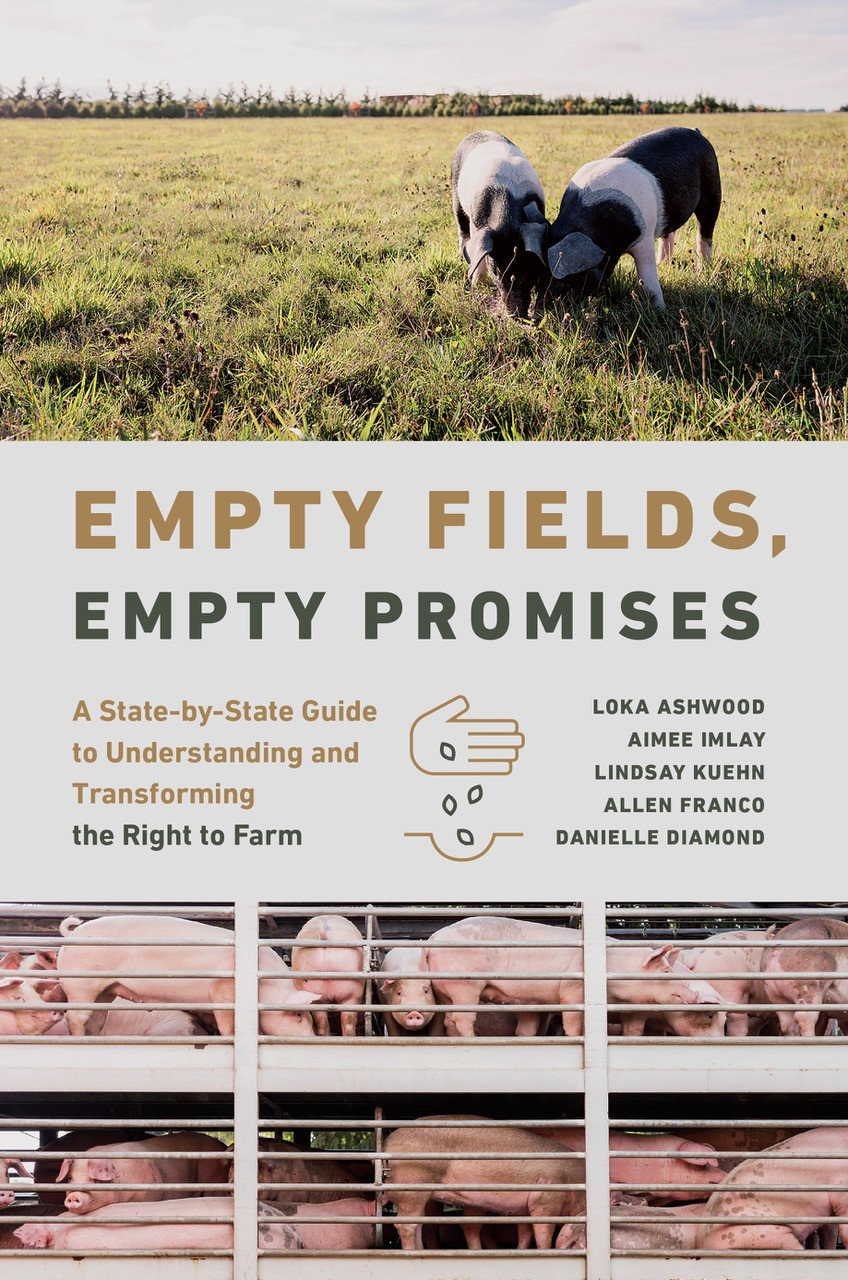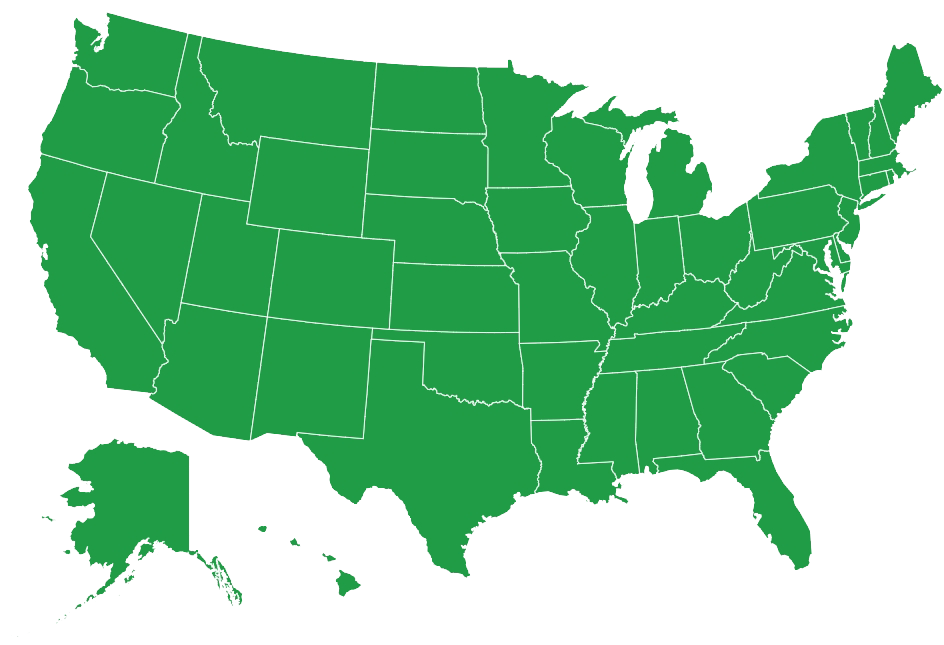National Summary
Fewer Farms and Fewer Acres
Are Right-to-Farm Laws the Answer?
Right-to-Farm (RTF) laws took the country by storm in the late 1970s and early 1980s, as state legislators scrambled to give agricultural operations an advantage in what they anticipated would be a fight against urban sprawl. In 1982, on the cusp of the RTF wave, there were 2.24 million farms spanning 987 million acres.i Since then, the number of farms has declined by 9% to 2.04 million, covering only 900 million acres.ii On the aggregate, RTF laws have not kept farmers on the land nor kept land in farms. So what do these laws do in practice?
Purpose
RTF laws generally provide agricultural operations protection from nuisance lawsuits that typically pertain to pollution or odor. To receive protection, most RTF laws stipulate that such operations must be of commercial scale, meaning they sell products or goods for market. Rather than protecting farmland, such laws typically protect agricultural activities. Protected activities nearly always include crop and livestock production, and often processing, storage, and chemical application. Some RTF laws also protect activities not related to agriculture, such as race tracks and mining. No state in the nation has an RTF statute tailored to protect family farms.
General Features
When first passed, many states stipulated that farm operations had to exist before the party claiming nuisance to receive protection. Since that time, most states have added amendments to ensure that particular activities or operations are protected, even if they postdate their neighbors. Now, state laws typically protect operations that are active for a specified period of time, for example one year. Amendments also ensure operations are protected even if they expand their boundaries or size; use a new technology; produce a different or new product; experience a change in ownership; or have a cessation or interruption. Local laws and regulations typically cannot impose further restrictions on such operations, as RTF laws often supersede them.
RTF statutes typically tie nuisance protection to the use of generally accepted or good agricultural practices. Most states do not define what good or accepted means, often deferring to state, federal, and, less often, county and local laws. Otherwise applicable laws typically exempt agricultural industries. However, most RTF laws stipulate that they will not protect activities that have a substantial adverse effect on public health and safety. Because acceptable and substantial are not clearly defined, their actual meanings often play out in court.
Learn More
These details, however, vary markedly across state lines.
 For more information, see Empty Fields, Empty Promises, now published as an Open Access eBook (PDF).
For more information, see Empty Fields, Empty Promises, now published as an Open Access eBook (PDF).
- i. United States Department of Agriculture. 2014. USDA/NASS Table 1. Historical Highlights: 2012 and Earlier Census Years. Retrieved Oct 7, 2020. (https://www.nass.usda.gov/Publications/AgCensus/2012/Full_Report/Volume_1,_Chapter_1_US/st99_1_001_001.pdf)
- ii. US Department of Agriculture. 2017. USDA/NASS Table 1. Historical Highlights: 2017 and Earlier Census Years. Retrieved Oct 2, 2020. (https://www.nass.usda.gov/Publications/AgCensus/2017/Full_Report/Volume_1,_Chapter_1_US/st99_1_0001_0001.pdf)


